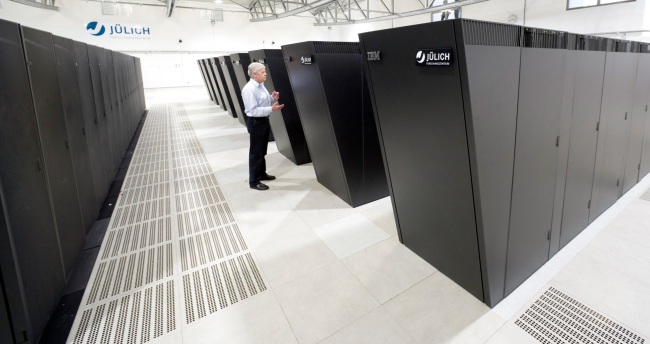
Is a digital cold war brewing? If so, it’s going to produce a lot of heat. China’s record-breaking 2.57 petaflop supercomputer, Tianhe-1A, officially broke the world record for computing speed Friday, and already the United States is working on something much larger. Two 20 petaflop supercomputers are in development in the States, reports Computerworld.
Oak Ridge National Laboratory is building one of the supercomputers. The lab’s Cray XT5 Jaguar supercomputer held the previous world record of 1.75 petaflops. The new computer will be eight times as fast as China’s Tianhe-1A when it debuts in 2012. IBM is building its own 20 petaflop system at the Lawrence Livermore National Laboratory. It should also be ready by 2012. Japan is also working on a 10 petaflop system.
Exoscale supercomputers, the next big thing
All current supercomputers may be left in the dust soon, however. New “exascale” supercomputers are already in the early planning stages and may make their debut in the next seven or eight years. Exascale computers would provide a 1000 fold increase in power compared to the petascale supercomputers being developed today. With computers that powerful, scientists speculate that they could do things like “simulate a whole living cell at atomic detail.”
Does this mean in 20 years we’ll be able to simulate an entire human body at atomic detail? That will be an interesting day.

